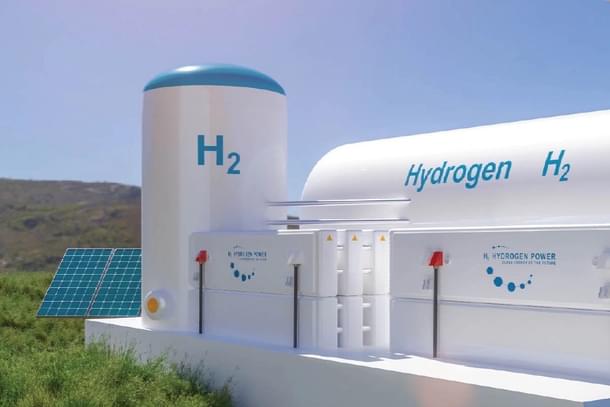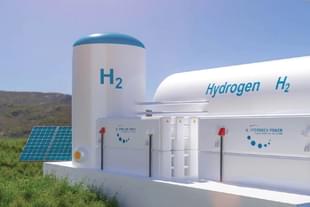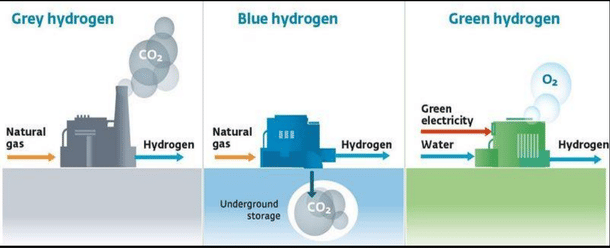Infrastructure
Union Govt To Roll Out Rs 18,000 Crore Incentive Scheme To Boost Production Of Green Hydrogen: Report
India Infrahub
Dec 28, 2022, 11:28 AM | Updated 03:20 PM IST
Save & read from anywhere!
Bookmark stories for easy access on any device or the Swarajya app.


To drastically reduce the production cost of green hydrogen and also to meet carbon emissions reduction targets, the union government plans to bring a massive incentive scheme of Rs 18,000 crore for the Green Hydrogen sector.
The Modi government is set to roll out the incentive scheme with an aim to reduce the production cost of green hydrogen by a fifth over the next five years.
According to the report by Reuters, the new scheme could be named as ‘Strategic Intervention for Green Hydrogen Transition (SIGHT).’
The incentive scheme would be split into Rs 4,500 crore for electrolyser manufacturing and Rs 13,500 crore for green hydrogen and green ammonia production.
Green Hydrogen - Fuel of the future?
Hydrogen, like electricity, is an energy carrier that must be produced from another substance. Hydrogen can be produced from a variety of sources including water, fossil fuels, or biomass and used as a source of energy or fuel.
Hydrogen has the highest energy content of any common fuel by weight (about three times more than gasoline), but it has the lowest energy content by volume (about four times less than gasoline).
Hydrogen and Ammonia are envisaged to be the future of fuels and are envisaged to replace fossil fuels in the years to come.
Depending on the nature of the method of its extraction, hydrogen is categorised into three categories, namely, grey, blue and green.
There is a growing focus on increasing production of green and blue hydrogen due to its no carbon emission and use of carbon offset technology, respectively.
The cleanest one of all is ‘green’ hydrogen, which is generated by renewable energy sources without producing carbon emissions in the first place.

India’s efforts to be the leader
Transitioning to Green Hydrogen and Green Ammonia is one of the major requirements for reduction of emissions and to make India a net exporter of fuel from the current status of leading importer of fuel.
Both the union government and various companies in the energy sector are taking many steps towards achieving self reliance in production of green hydrogen.
A NITI Aayog white paper in June 2022 entitled “Harnessing Green Hydrogen: Opportunities for deep decarbonization in India”, suggests that if the right steps are taken, India can generate the world’s largest electrolysis (green hydrogen generation) capacity of over 60 Giga Watts or 5 million tonnes by 2030 for domestic consumption.
This will help India meet its 500 GW renewable energy target by that year. The National Hydrogen Mission, estimates the demand for green hydrogen in India will grow five fold, to 28 million tonnes a year by 2050, to meet 6 per cent of her energy needs.
The Adani Group has allied with France-headquartered Total Energies to form Adani New Industries Limited (ANIL) for the production and commercialisation of green hydrogen in India.
Reliance Industries has turned to the US-based Chart Industries to create an India H2 Alliance (IH2A) with other local partners, down the hydrogen supply chain.
Last year, it also tapped Denmark’s Stiesdal A/S for the critical electrolysis technology that splits the Hydrogen and Oxygen elements of water which as every school child knows, is H2O — two parts of hydrogen to one part of oxygen.





